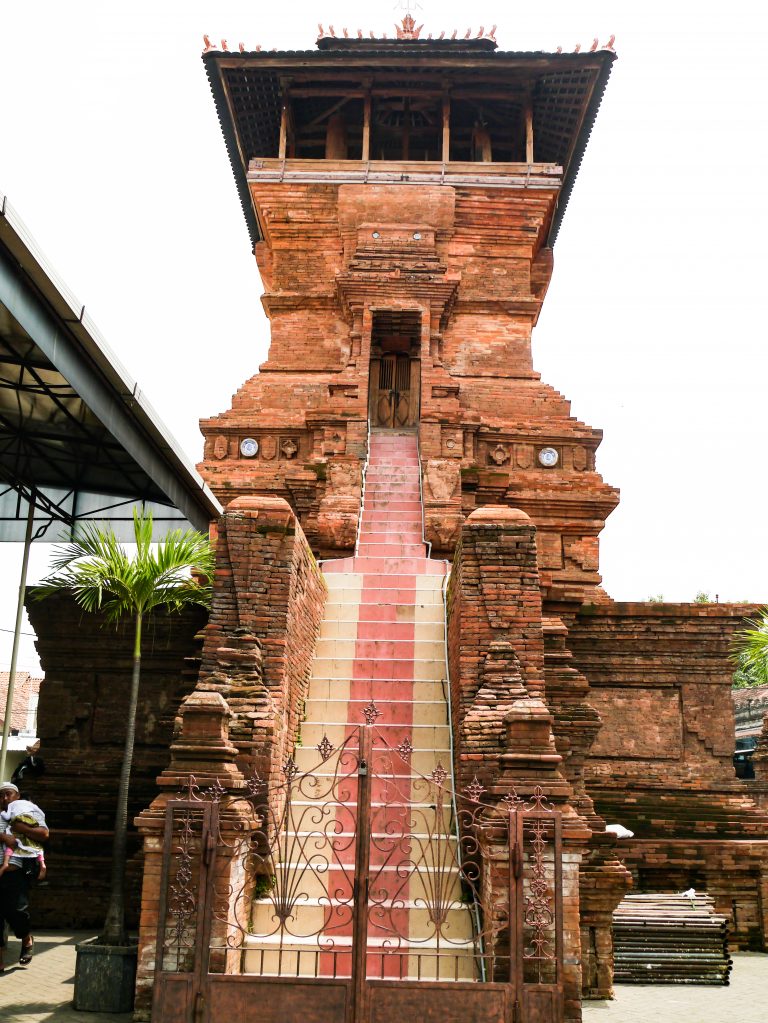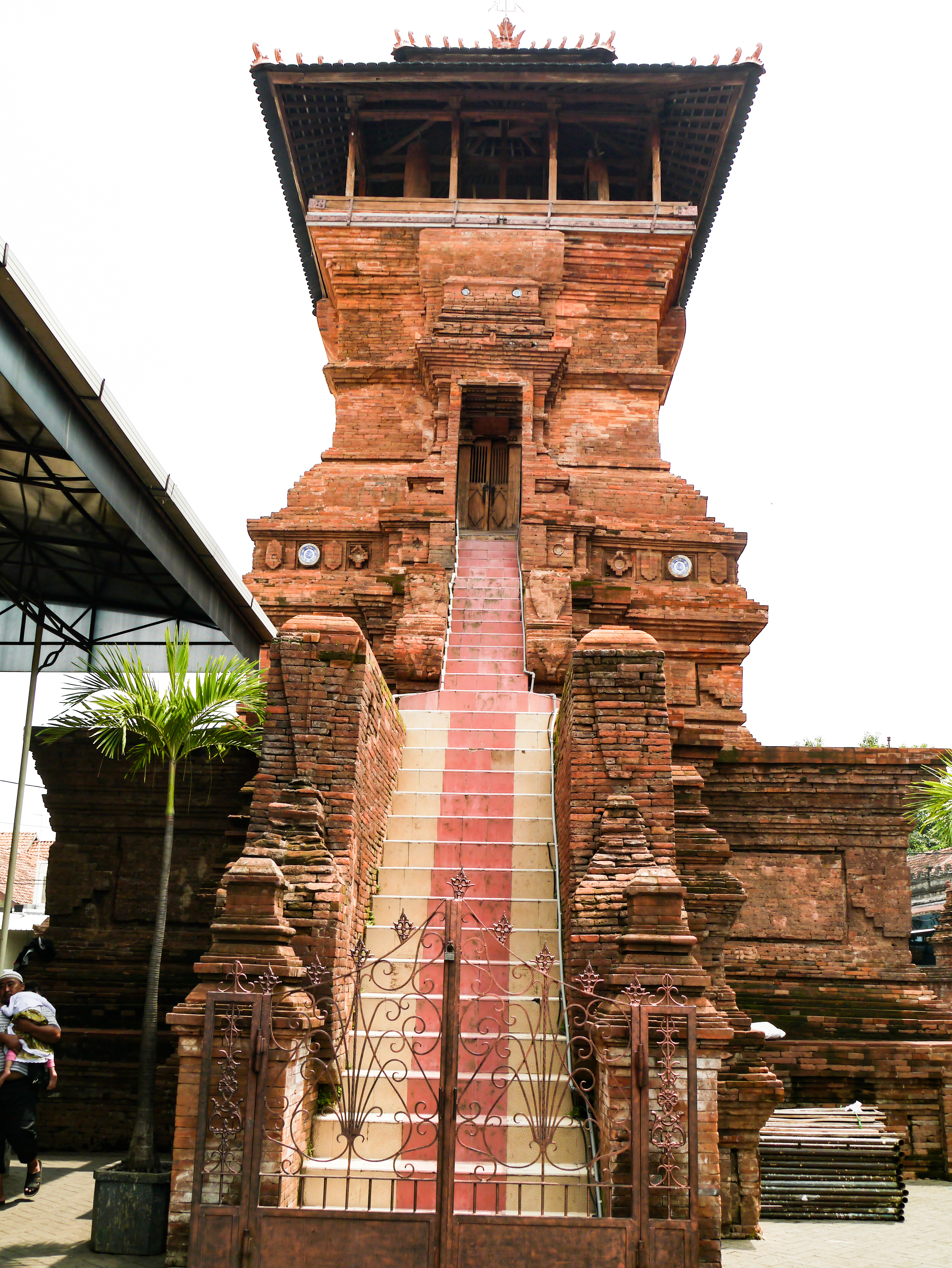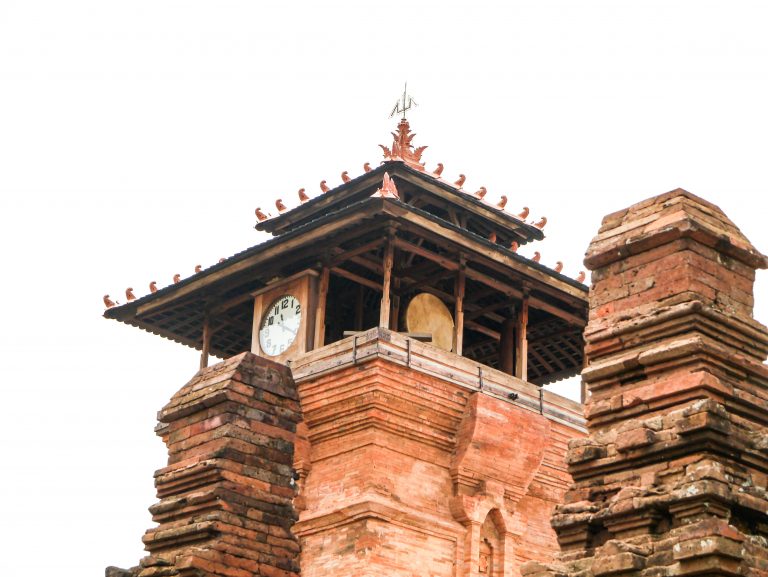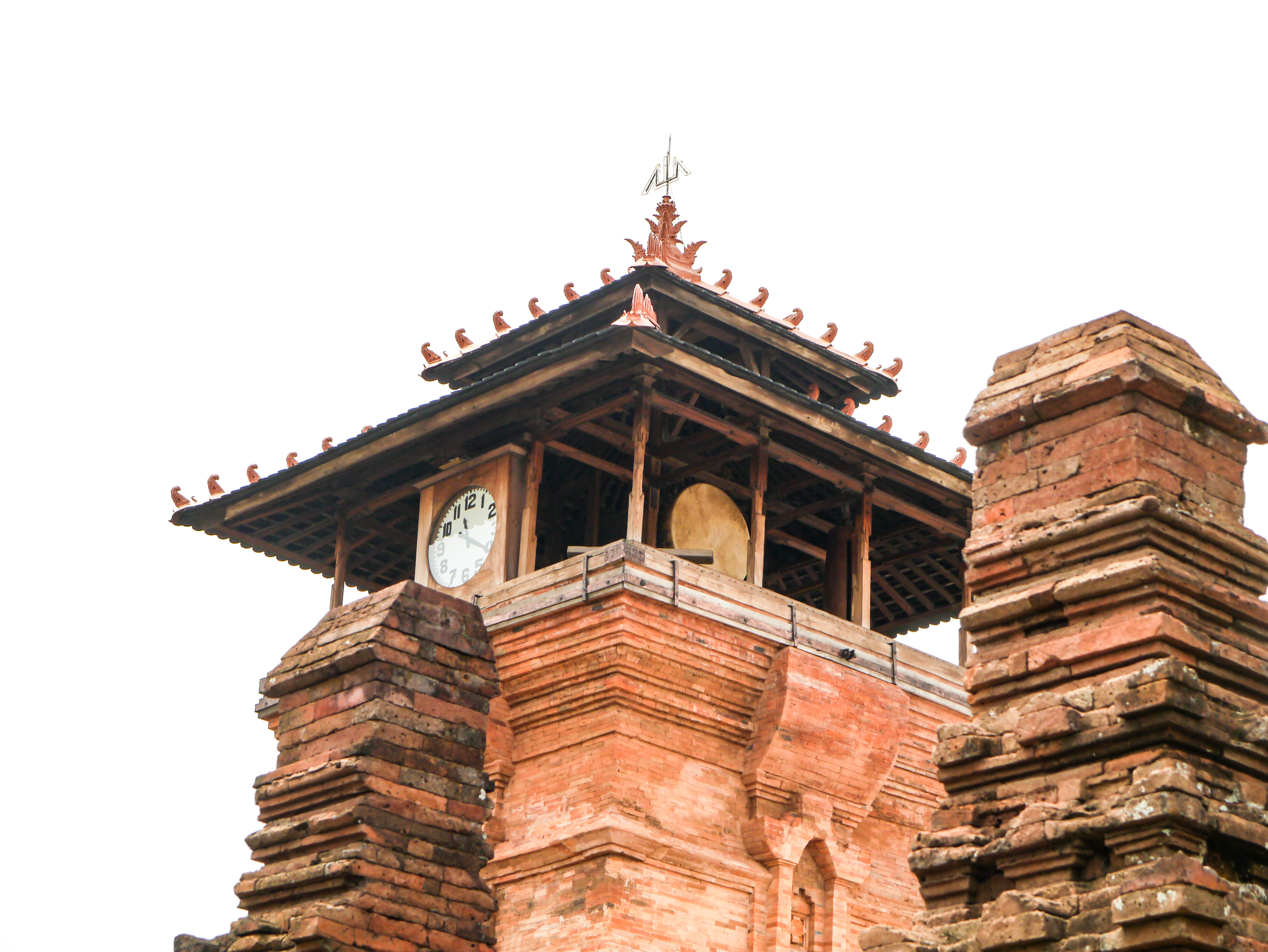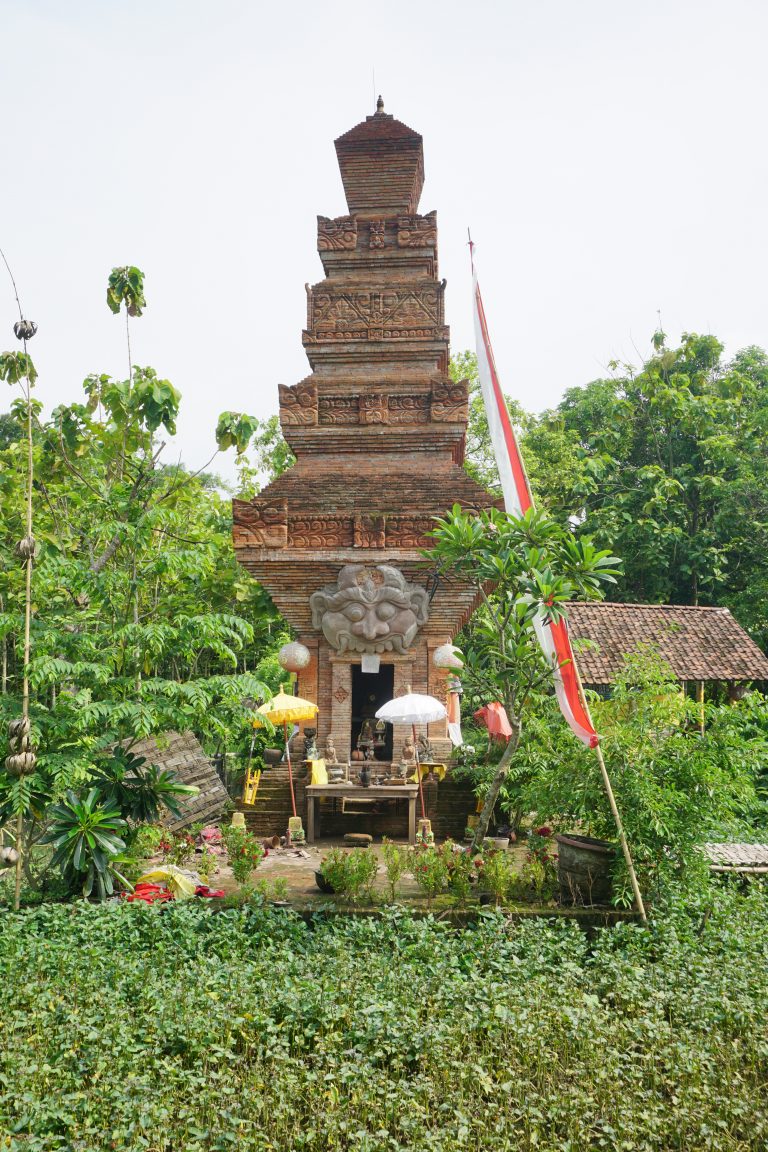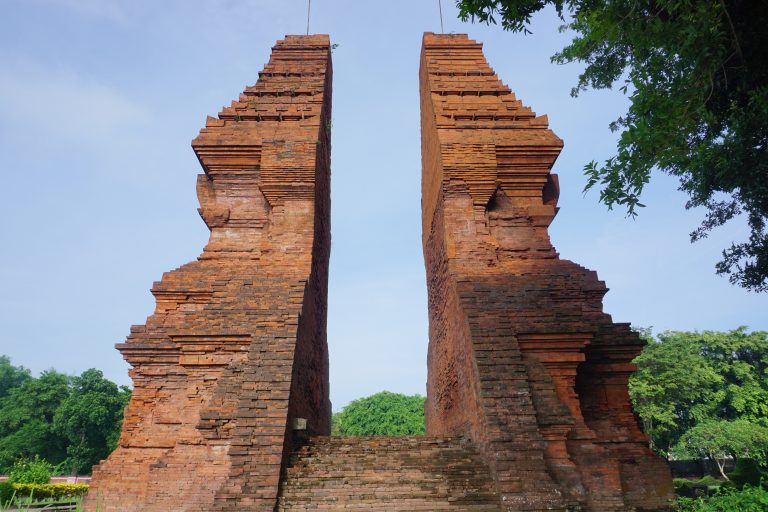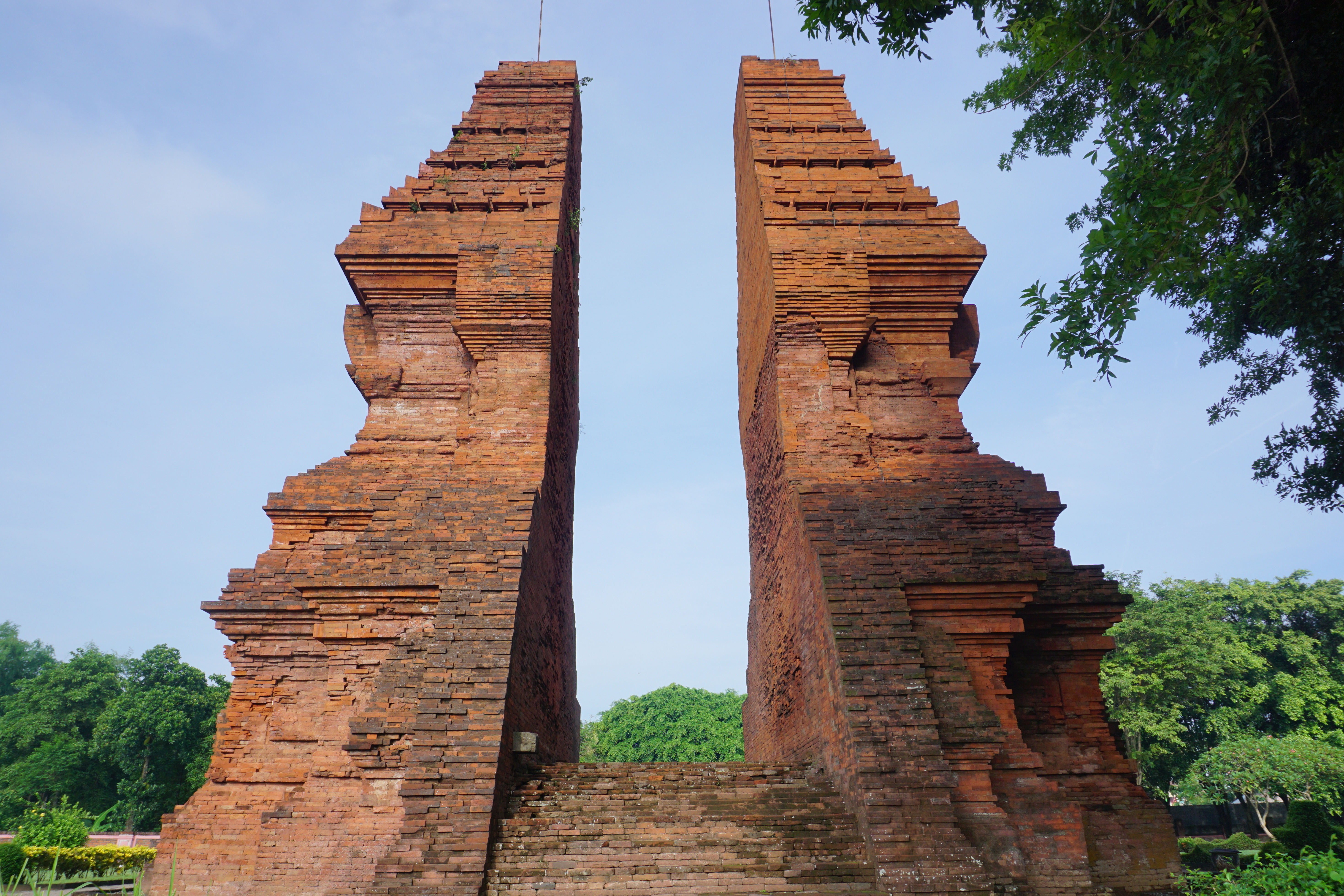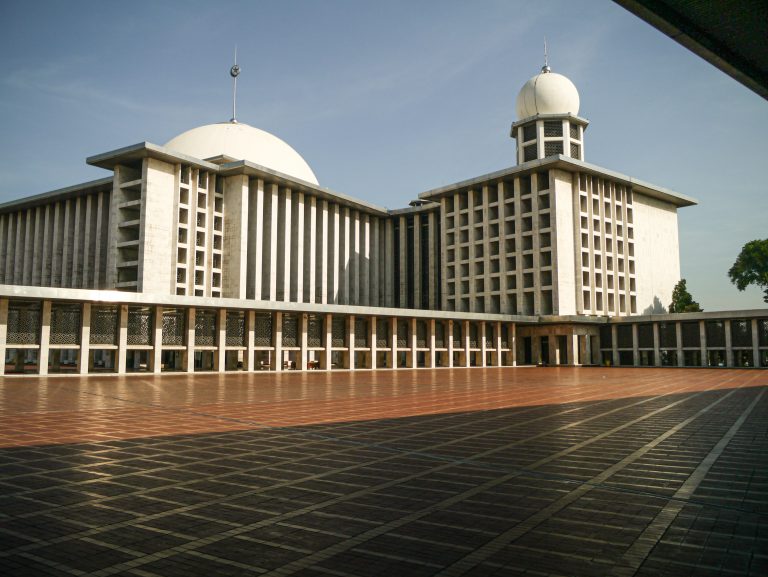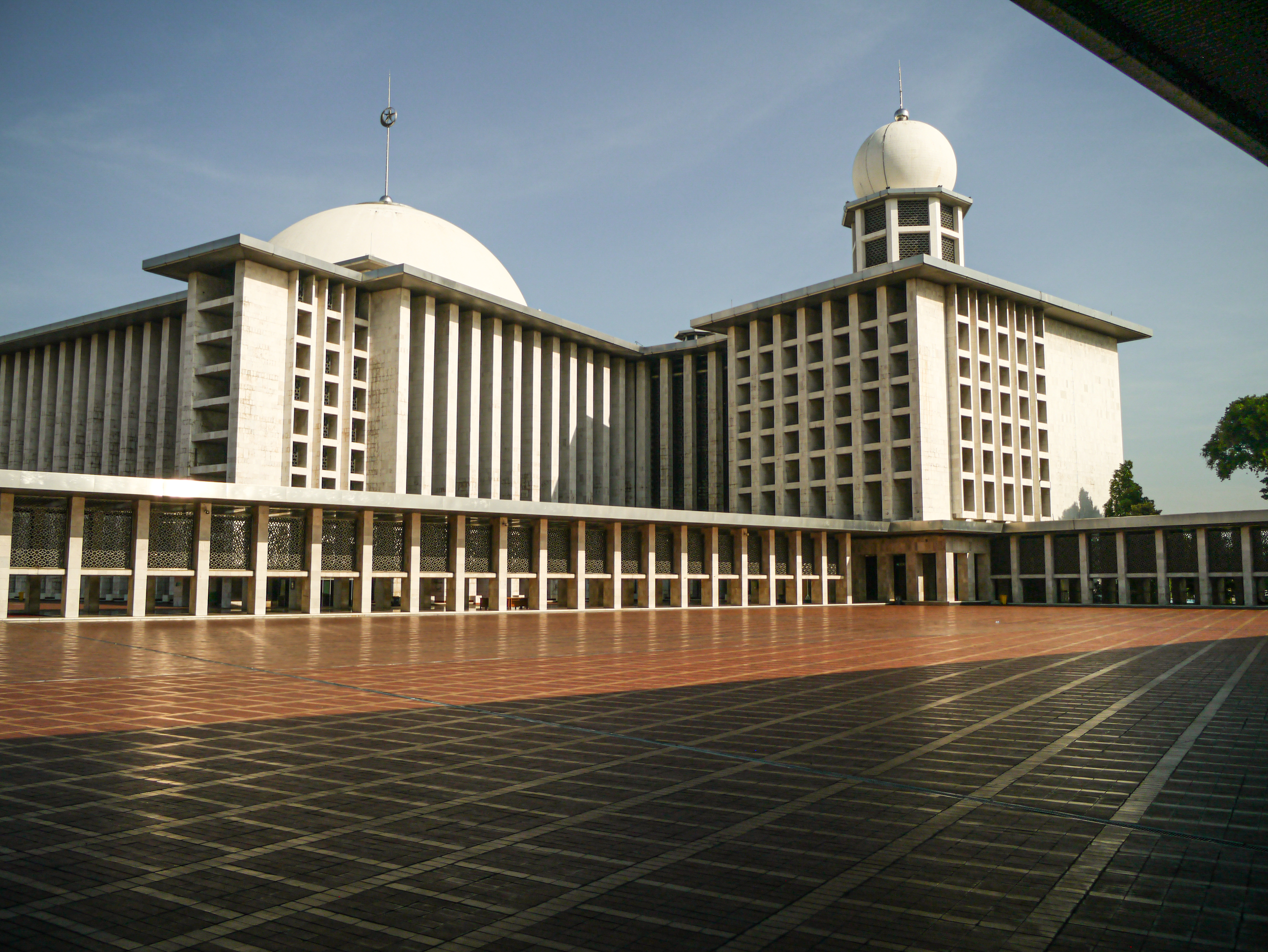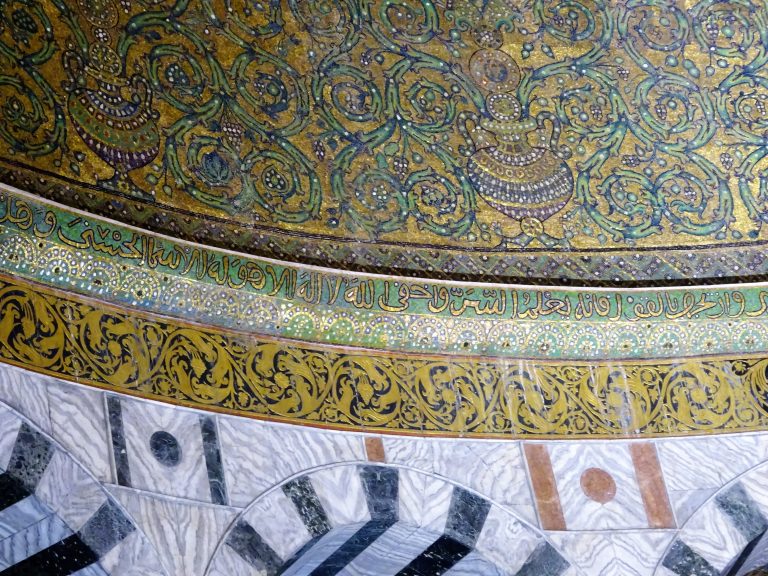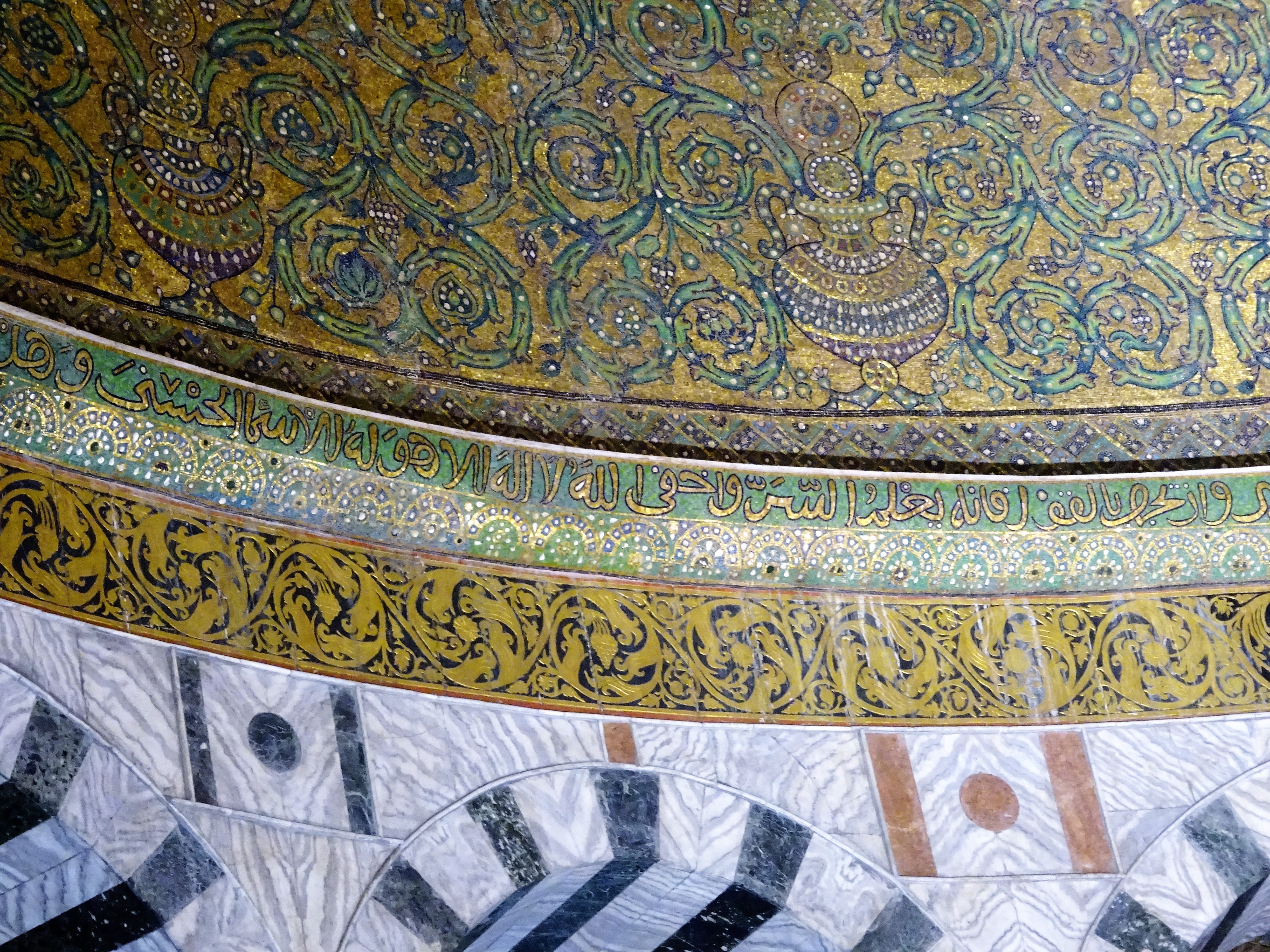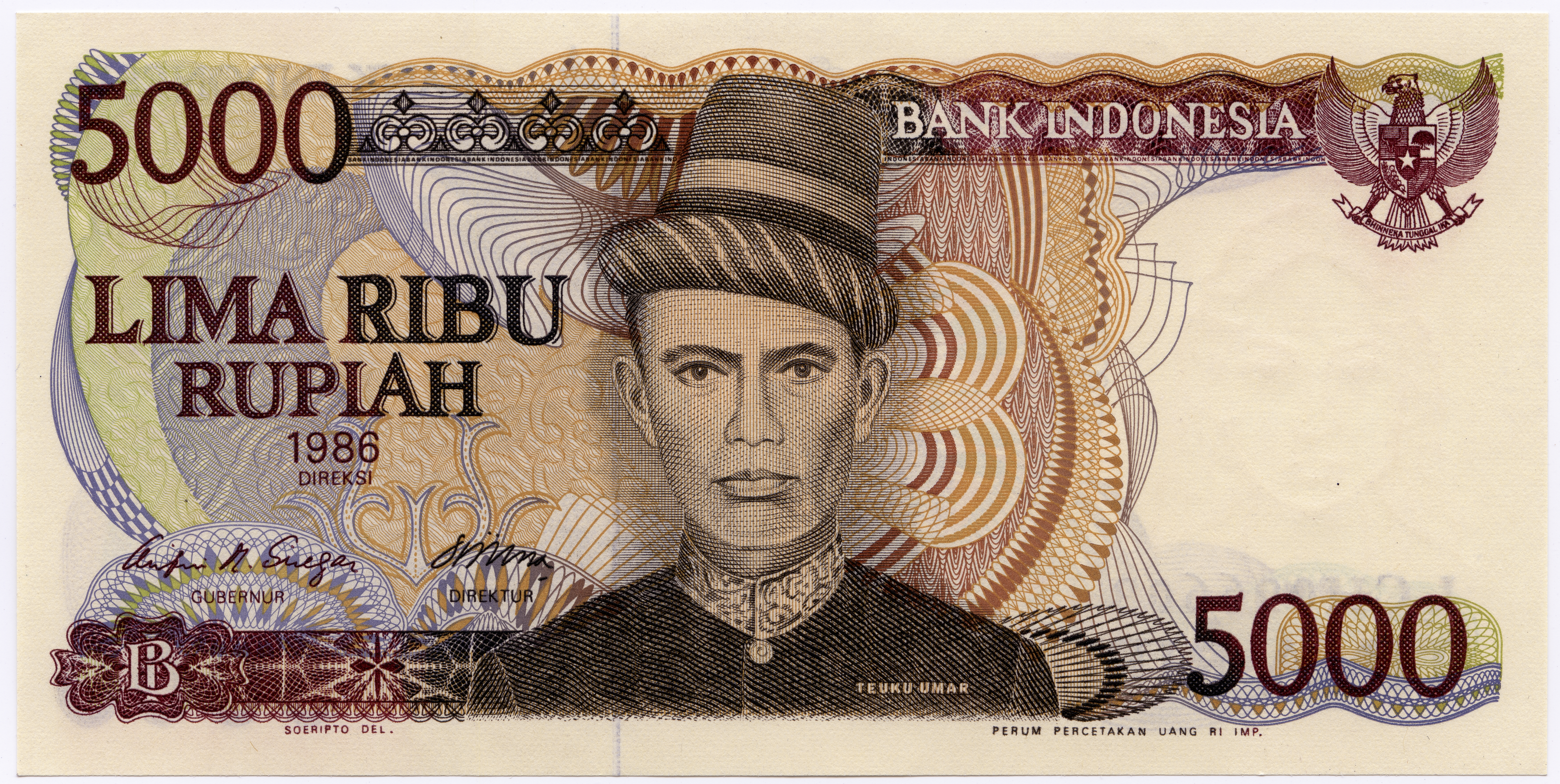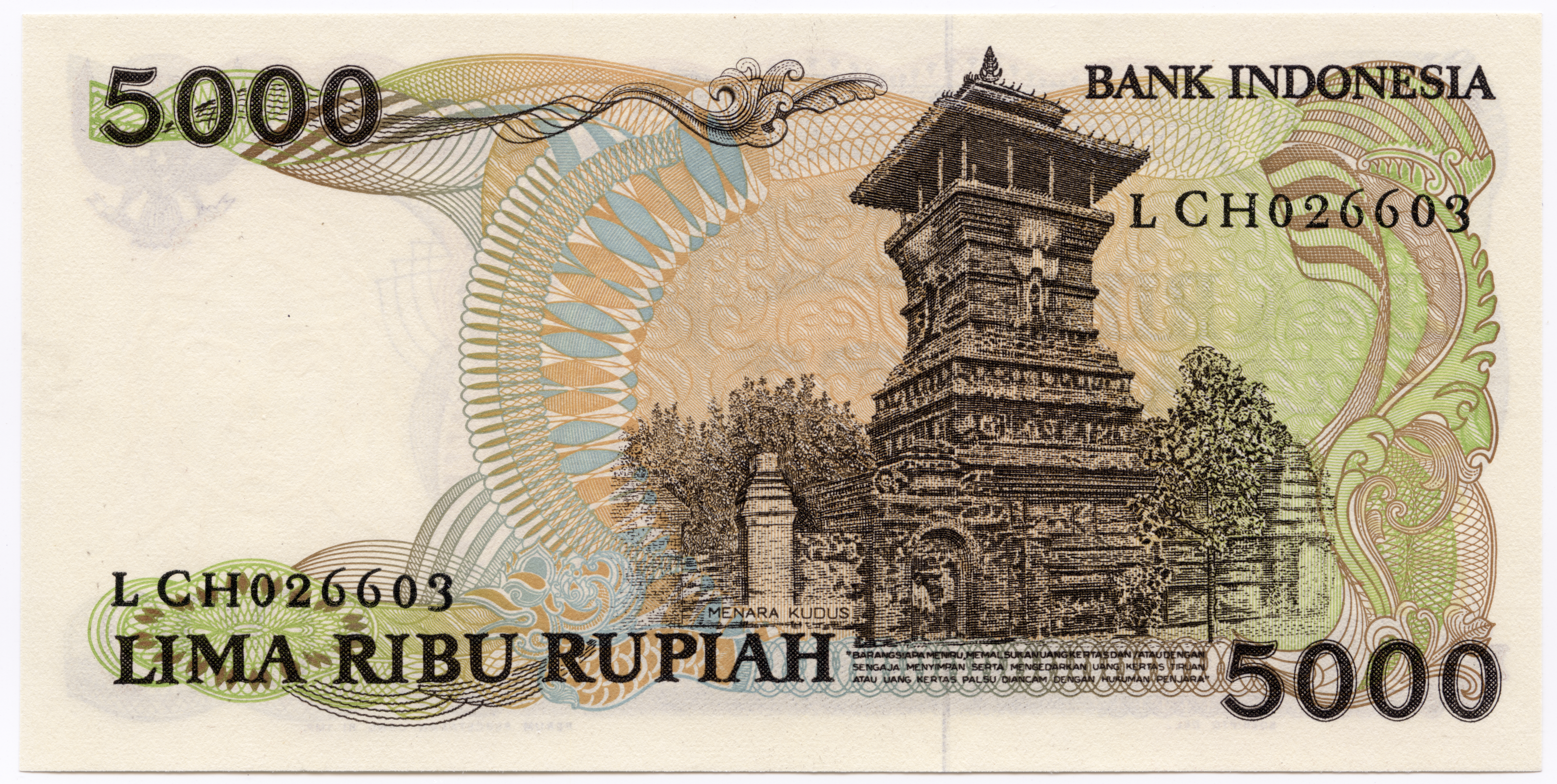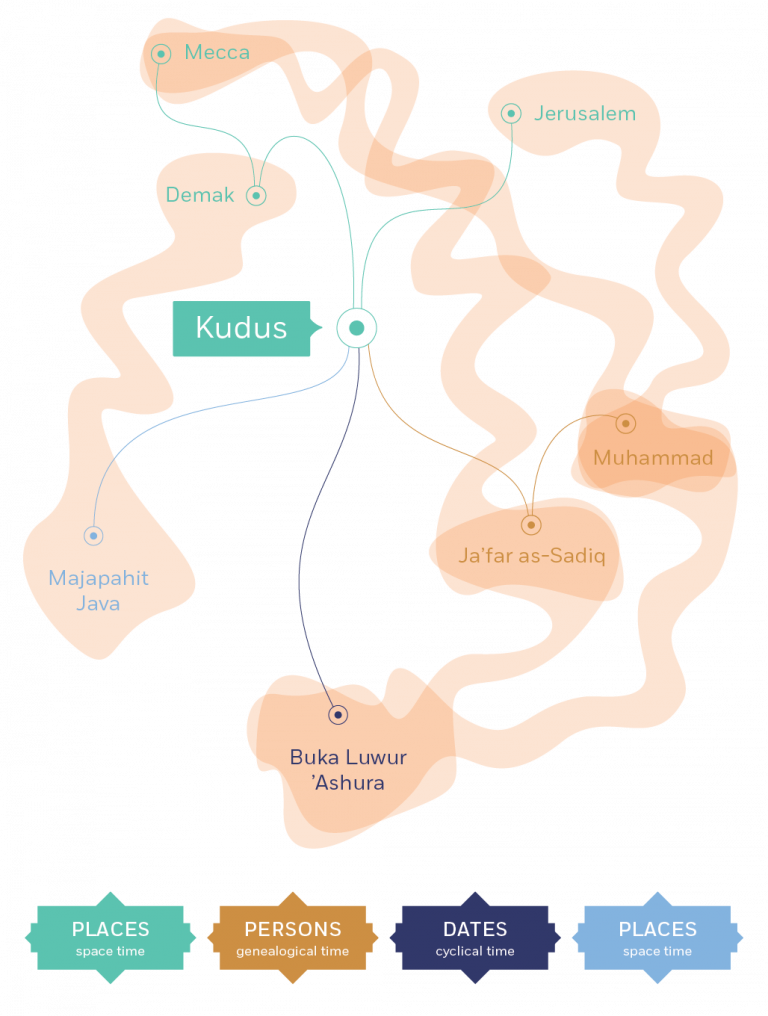Jerusalems and their Monuments
Evidence pertaining to Islam as a historical phenomenon consists of entrances to a vast web of nodes that we can explore through thematization along numerous axes. This approach invites us to consider Islamic history as a creative enterprise whose expansive potential matches the immense diversity of ideas, places, practices, forms, and so on, which we have reason to connect to Islam as imagined by Muslims and non-Muslims. I use the city of Kudus in Java as a doorway into the web, but it is possible to do the very same with any other form of evidence. Most notably, I could equally choose the city of Jerusalem in the Middle East as its point of reference.
Much like Kudus, Jerusalem is perceived to have an enduring connection to the establishment of Islamic communities in the region where it is situated. However, the particulars of the city’s placement in this context vary greatly based on the timespace configuration we use to consider it. In a theologically driven Muslim model, the city is the first qibla, the direction in which prayers are offered, also coming under the control of Muslim rulers shortly after Muhammad’s death. The association with origins has made the city a site for pilgrimage and settlement for centuries.
Ornament and text inside the Dome of the Rock, Jerusalem (2018).
Source

Ornament and text inside the Dome of the Rock, Jerusalem (2018).
SOURCE
Wikimedia, Virtutepetens, 2018 (CC BY 4.0)
The city’s Islamic association looks quite different when seen from the view of Christians and Jews, whose sacred sites also dot the city’s most celebrated precinct. Much as the multiplicity of Muslims’ views on Jerusalem, those of others vary radically as well, say between those alive during the first Muslim conquest, Crusaders arriving from Europe, Jewish communities invested in remaining in the land of Israel before the twentieth century, and the secular Zionists who founded the modern state of Israel. Jerusalem as an Islamic place can be explored through pursuing any number of different leads in this sphere. In a similar vein, we can delve into interconnected lives, events and their aftereffects, and implications contained within architectural forms present in Jerusalem in a plethora of ways.
The temporal relationships between Kudus and Jerusalem, and Sunan Kudus and charismatic religious authority, is familiarly Islamic, although I am suggesting that their presumed directions should be reversed from the way matters are usually presented. This issue acquires greater complexity when we move to the famous minaret of Kudus. Now the form of the physical evidence challenges our presumptions about Islamic authenticity. The multiple possibilities for how the minaret should be interpreted then become a critical resource for thinking about temporality.
Menara on money

5,000 rupiah banknote, Indonesia (1986).

Kudus minaret on Indonesian banknote.
 Go to next slide
Go to next slide
Although the minaret has existed since the sixteenth century CE, its Hindu-Buddhist character has been an issue only since it became subject to modern art historical scrutiny in the nineteenth century. For the building’s users before this time, its function as a minaret seems to have sufficed as adequate explanation for its existence, without the necessity of putting it into religiously identified temporal schemes.
I do not mean to suggest that inhabitants of Kudus until the nineteenth century did not possess senses of time and history. A plethora of other evidence (including some covered in other sections in this chapter) indicates that the past certainly carried weight as a source of authority. But the form of the minaret seems not to have been a point of particular attention or criticism within the construction of time that mattered. This could not be the case for modern art historians of Southeast Asia and modern states. For such experts and entities, it is imperative to contextualize physical evidence by plotting it on the presumed transition from a Hindu-Buddhist milieu to Islamic hegemony whose causal chain must be materially visible.
The Hindu-Buddhist-Islamic sequence is necessitated by the timeline view of past in which the minaret of Kudus is an especially valuable piece of evidence since it signifies a highly consequential temporal transition. Although valuable, the minaret is a conundrum from the art historical perspective since it is a liminal object that invites multiple possibilities of interpretation. The minaret’s temporal liminality is also of great political value to the modern Indonesian state invested in a multireligious imagination of the nation. This accounts for the minaret making an appearance on Indonesian currency in 1986, under the aegis of an avowedly secular national government.
Seen from the viewpoint of imagining Islamic history as a web rather than a timeline, all types of evidence pertaining to the instantiation of Islam in space and time can be subjected to the type of unpacking of Kudus and its minaret and mosque that is presented in this chapter. A web works well as a trope because it allows, and encourages, multitemporal understandings. These, in turn, provide better access to the ever-changing human worlds that have been connected to materials available for adjudication. The web is an apt representation also because, unlike the line, it is three-dimensional, pluriform, and malleable. Constructions of time that we can observe in Islamic materials are marked by overlaps, contestation, leaps, and continual invention.
Islamic history is a web made of nodes such as Kudus and Jerusalem and any number of other entities whose temporal dimensions we can explore. A Jerusalem in Java, whose meaning is constantly evolving, indicates the role of contingency in the way human actors make the past usable for present circumstances. The histories of these pasts, chartable through attention to changing discourses, index the open-endedness of processes for creating narratives for present needs. Seen via Kudus, Islamic history is nonexclusivist, contested, and variable in the evaluation of facts and interpretations. An entangled, three-dimensional web is thus a more befitting trope to represent the Islamic past than the timeline that underwrites positivist historiography. Just as with Kudus, all the themes I explore in other chapters of this book aim to draw out further the implications of advocating using this trope to represent Islamic history.
